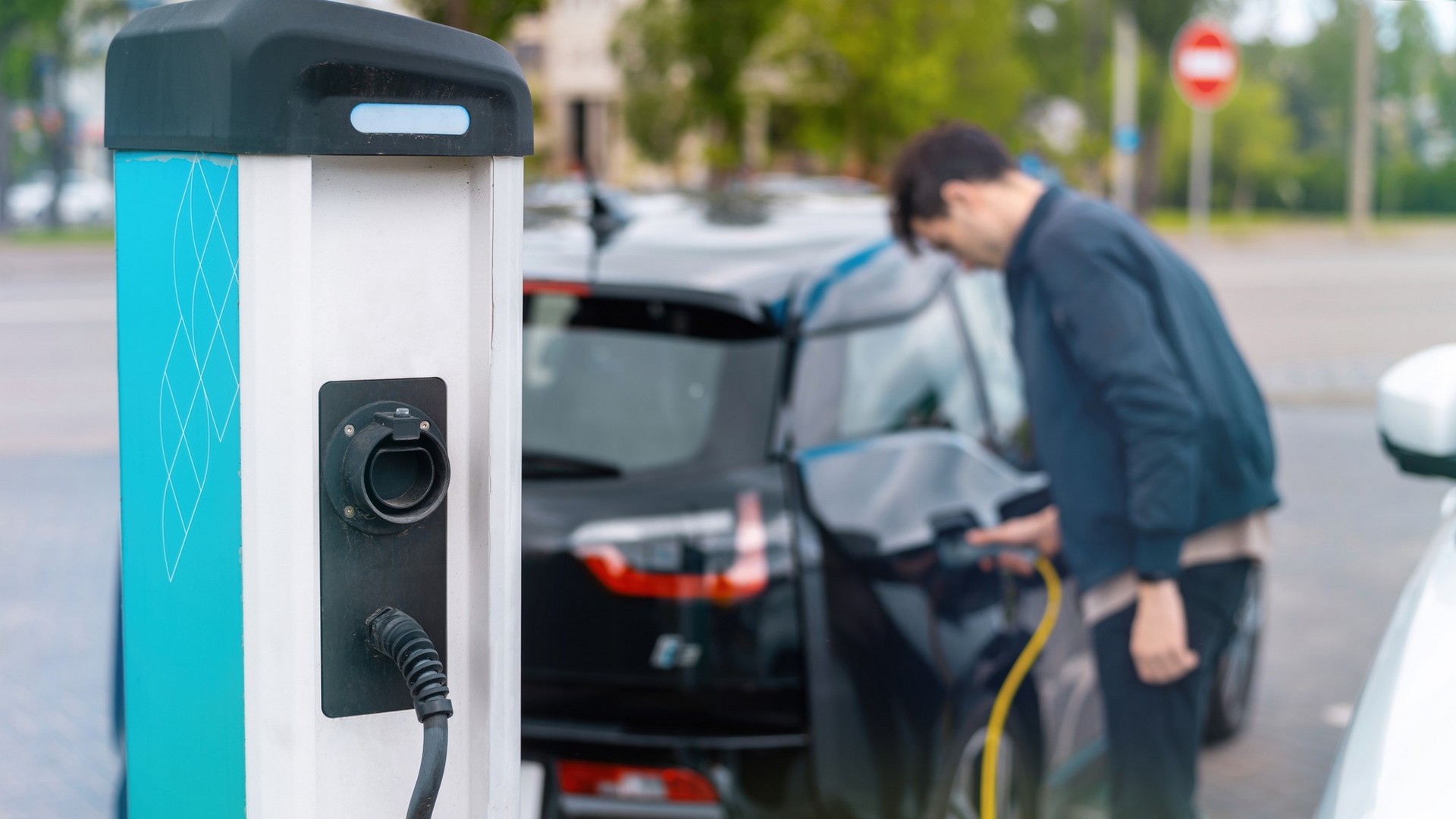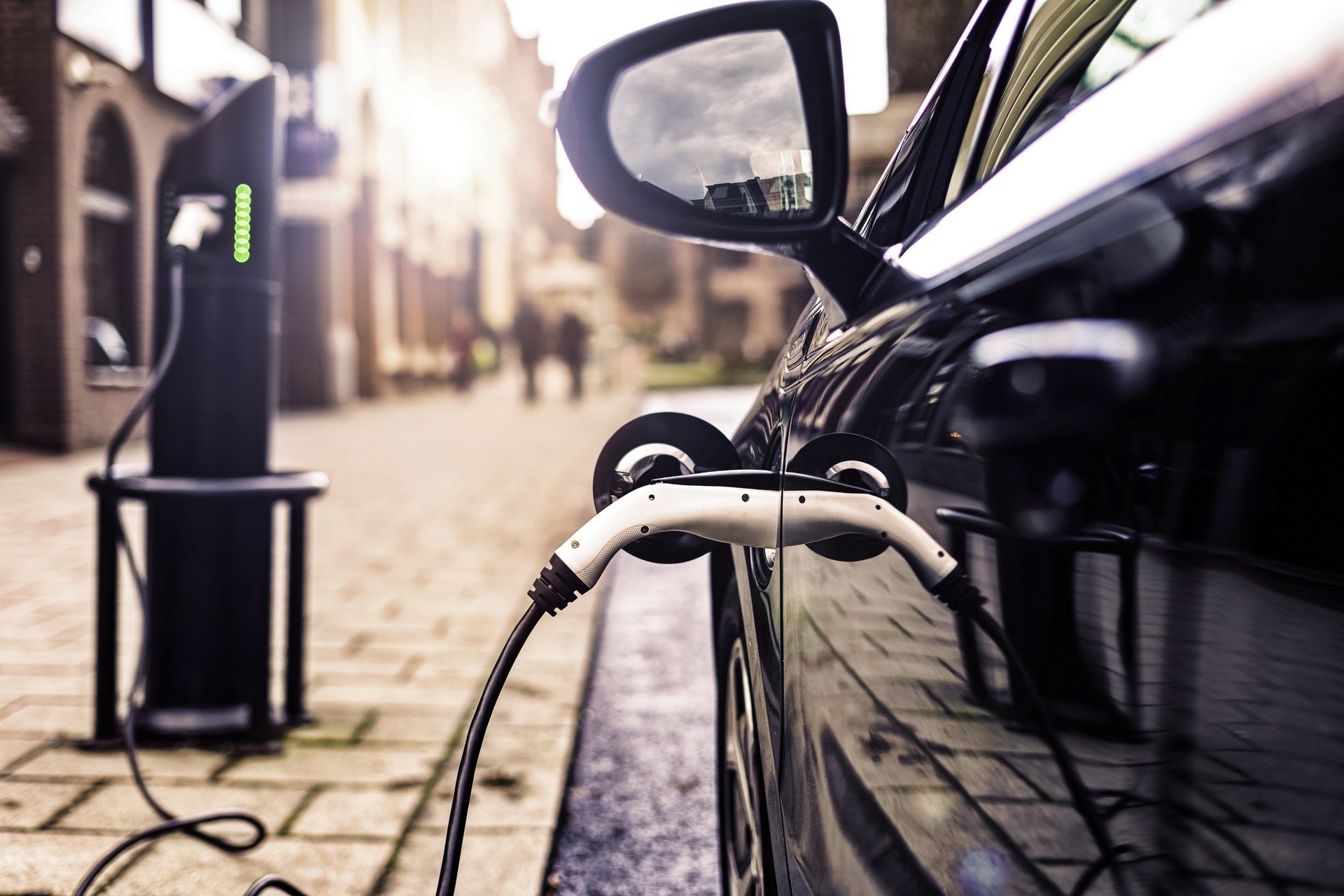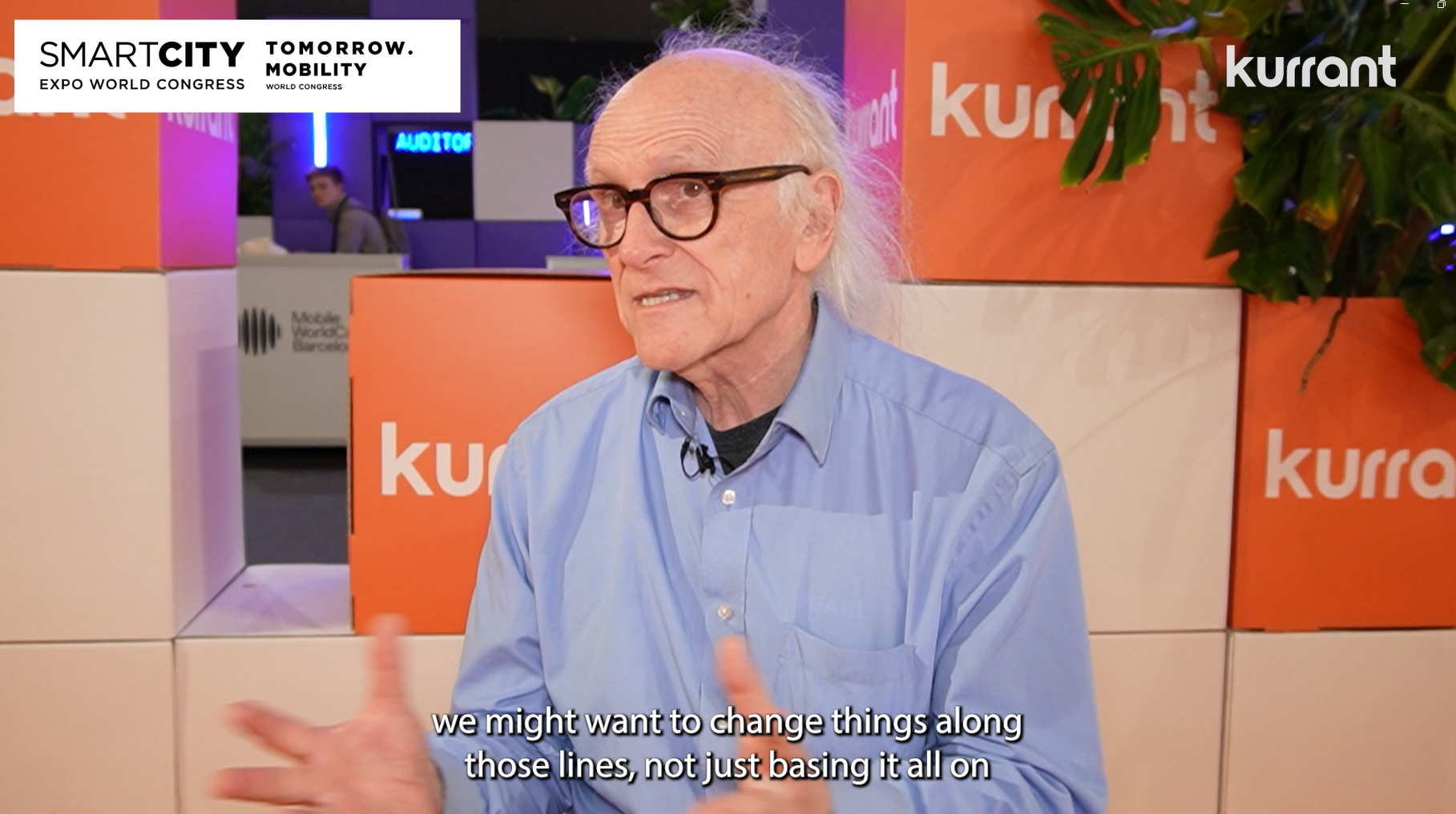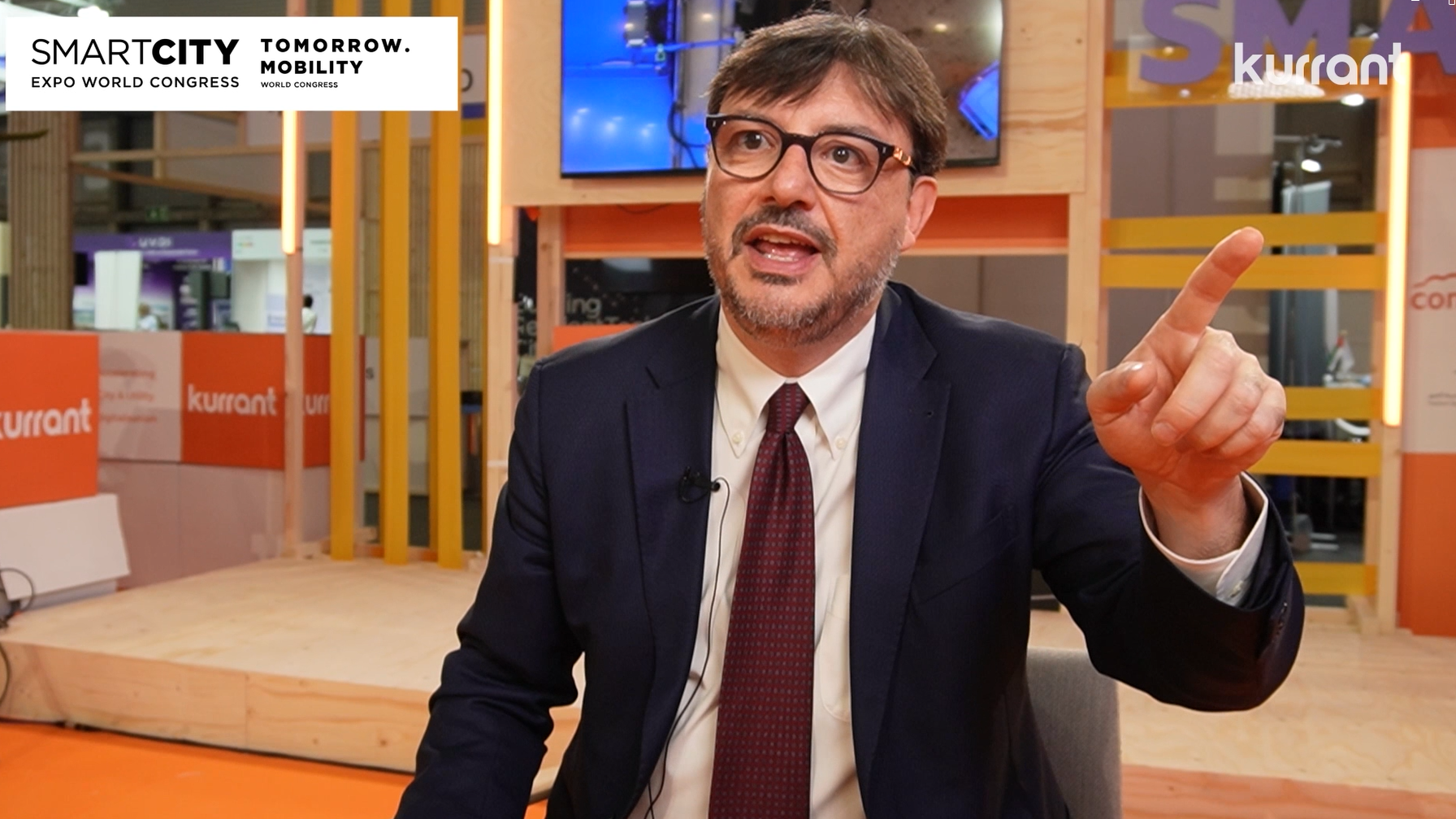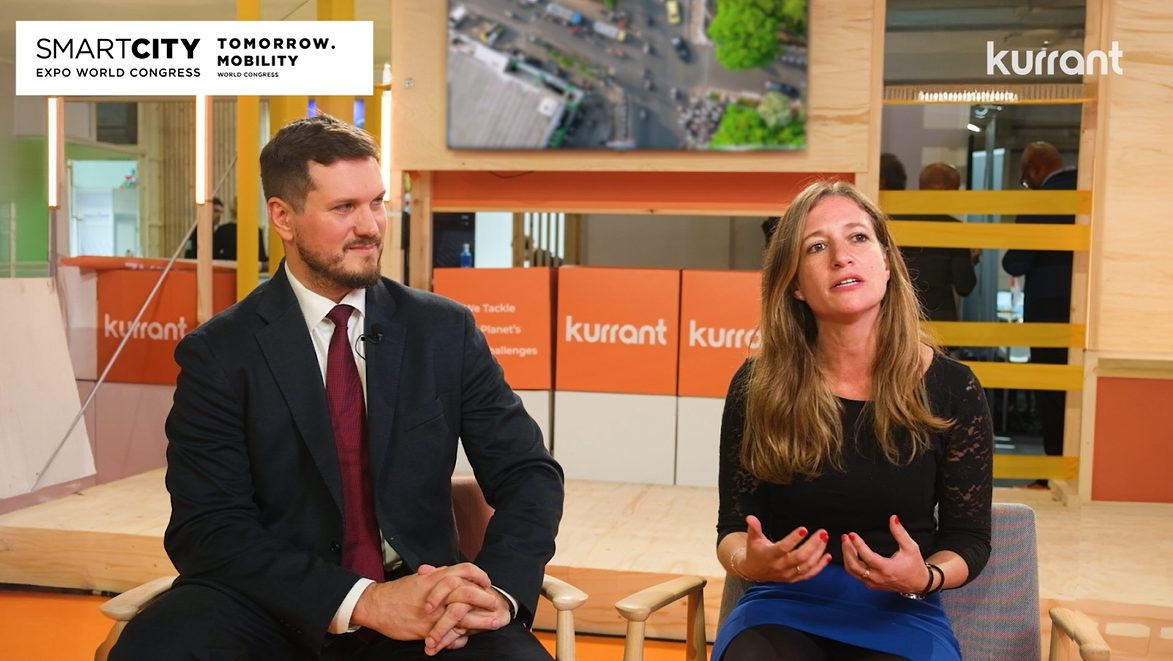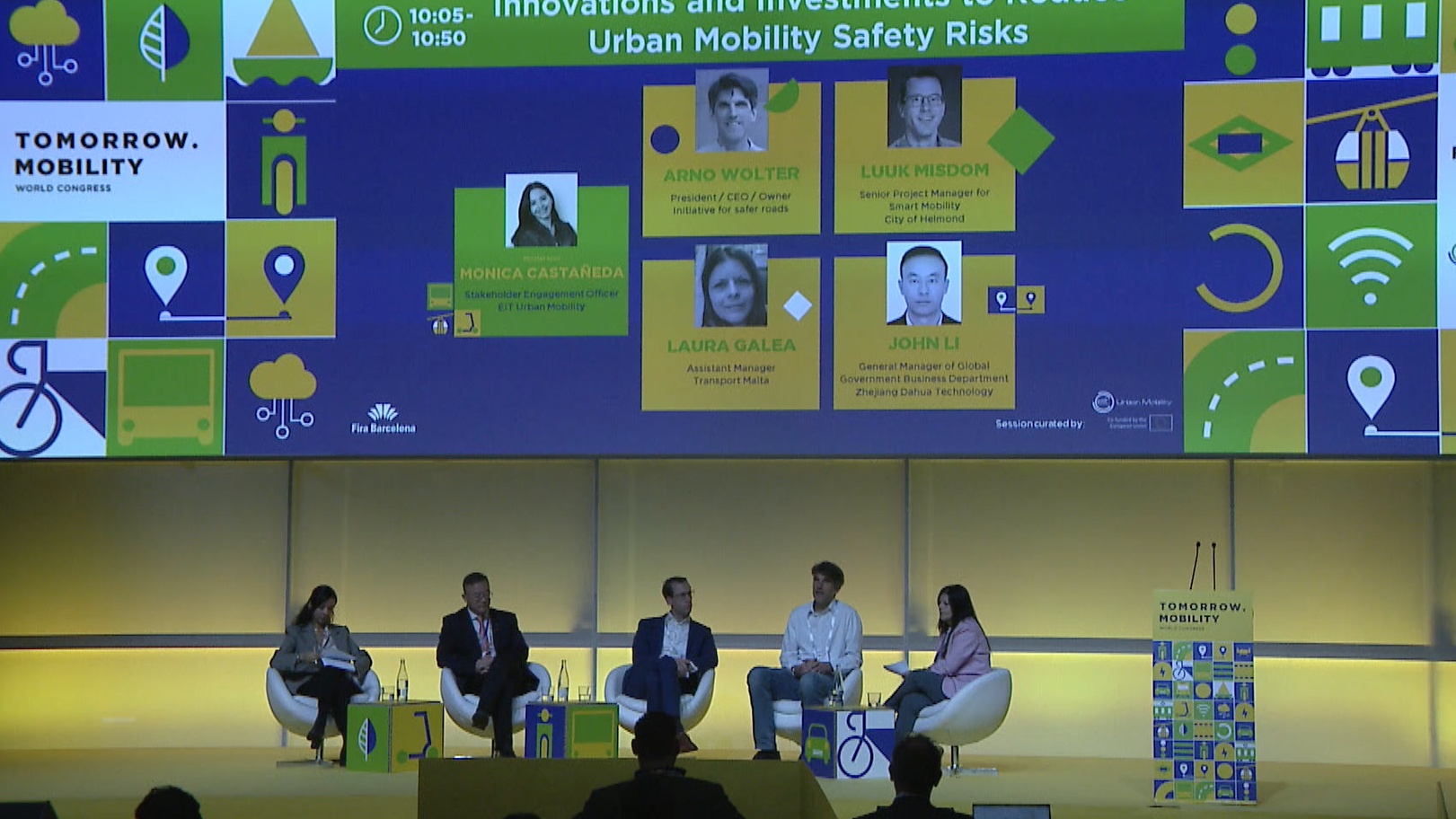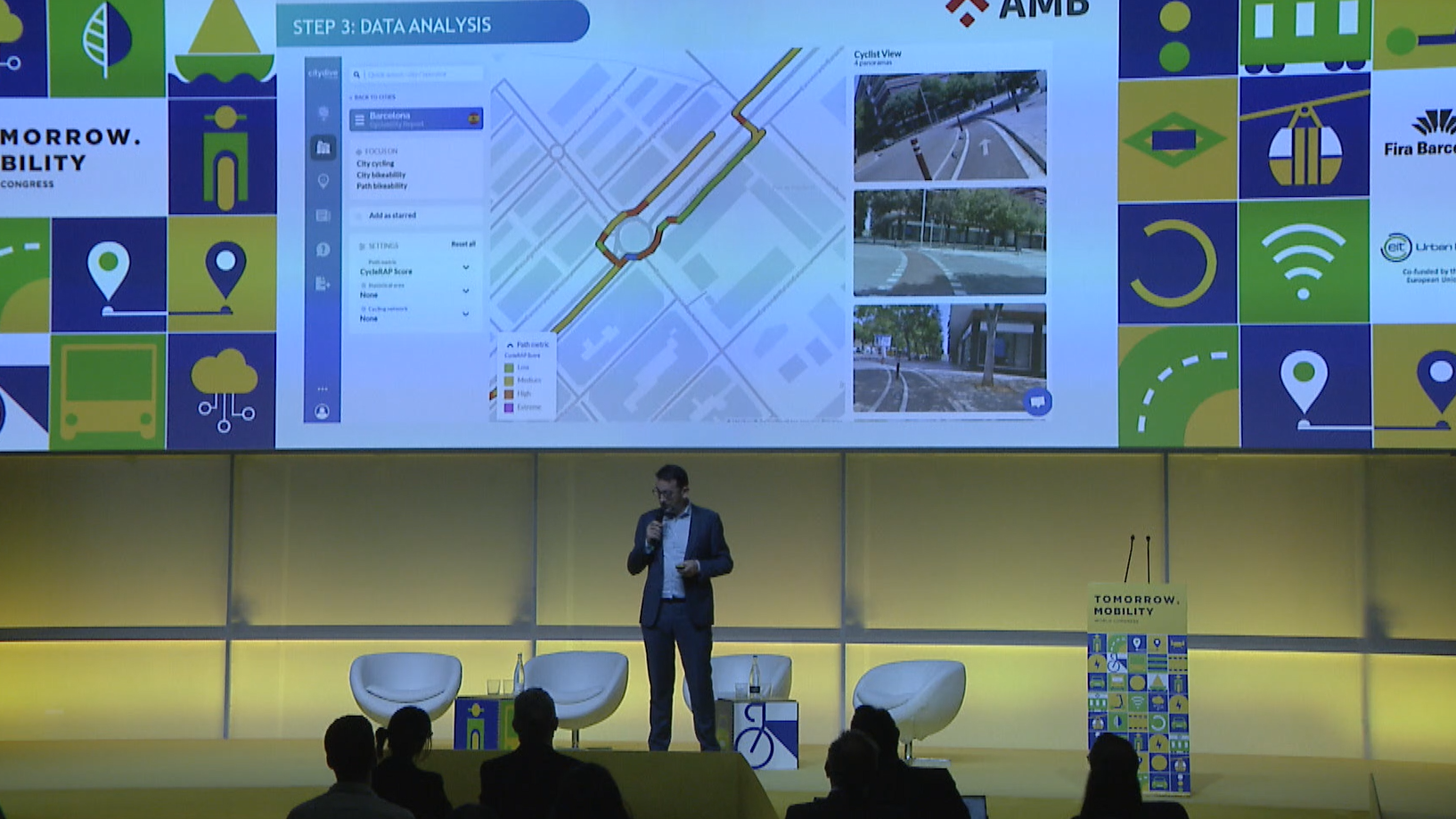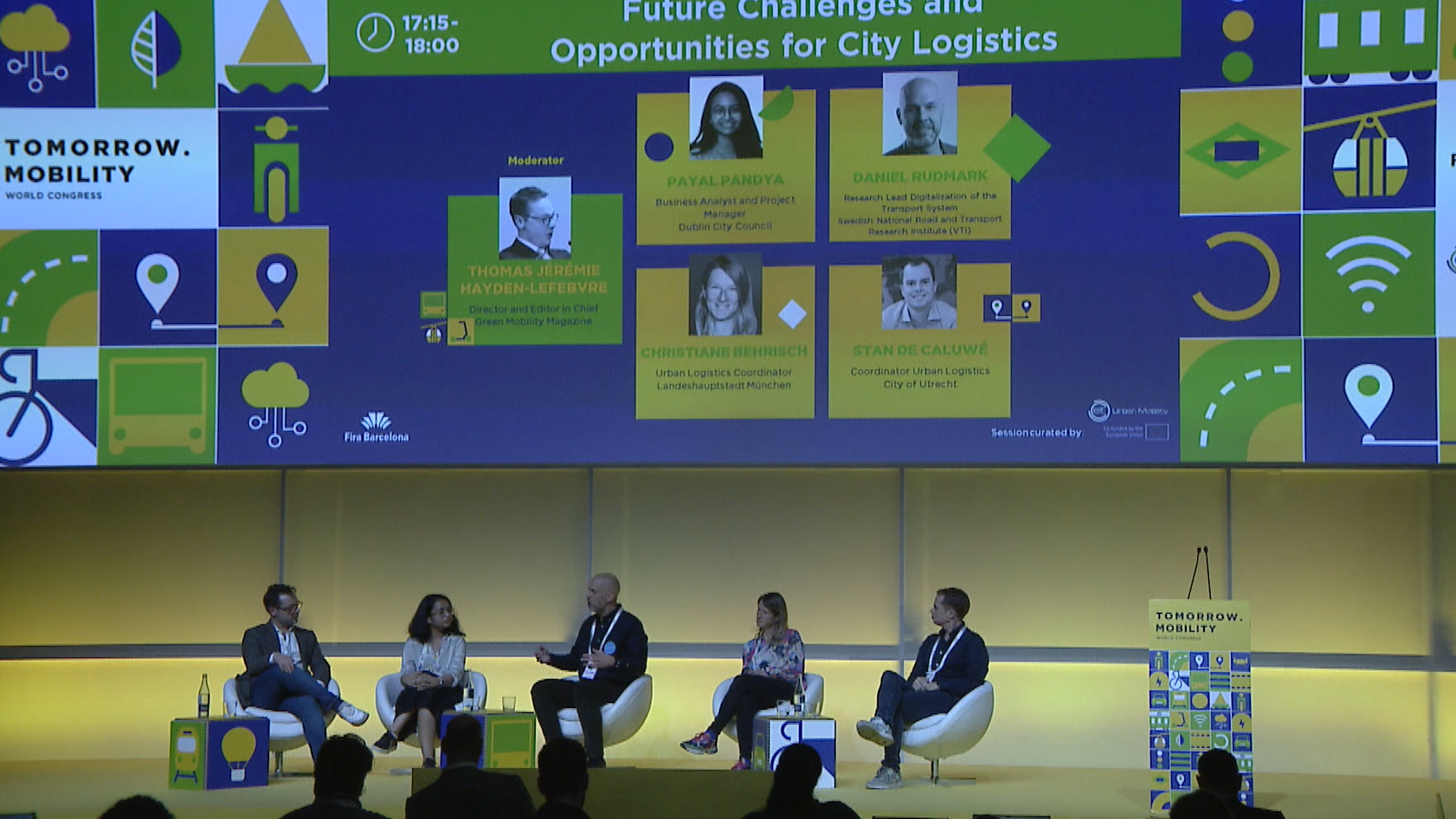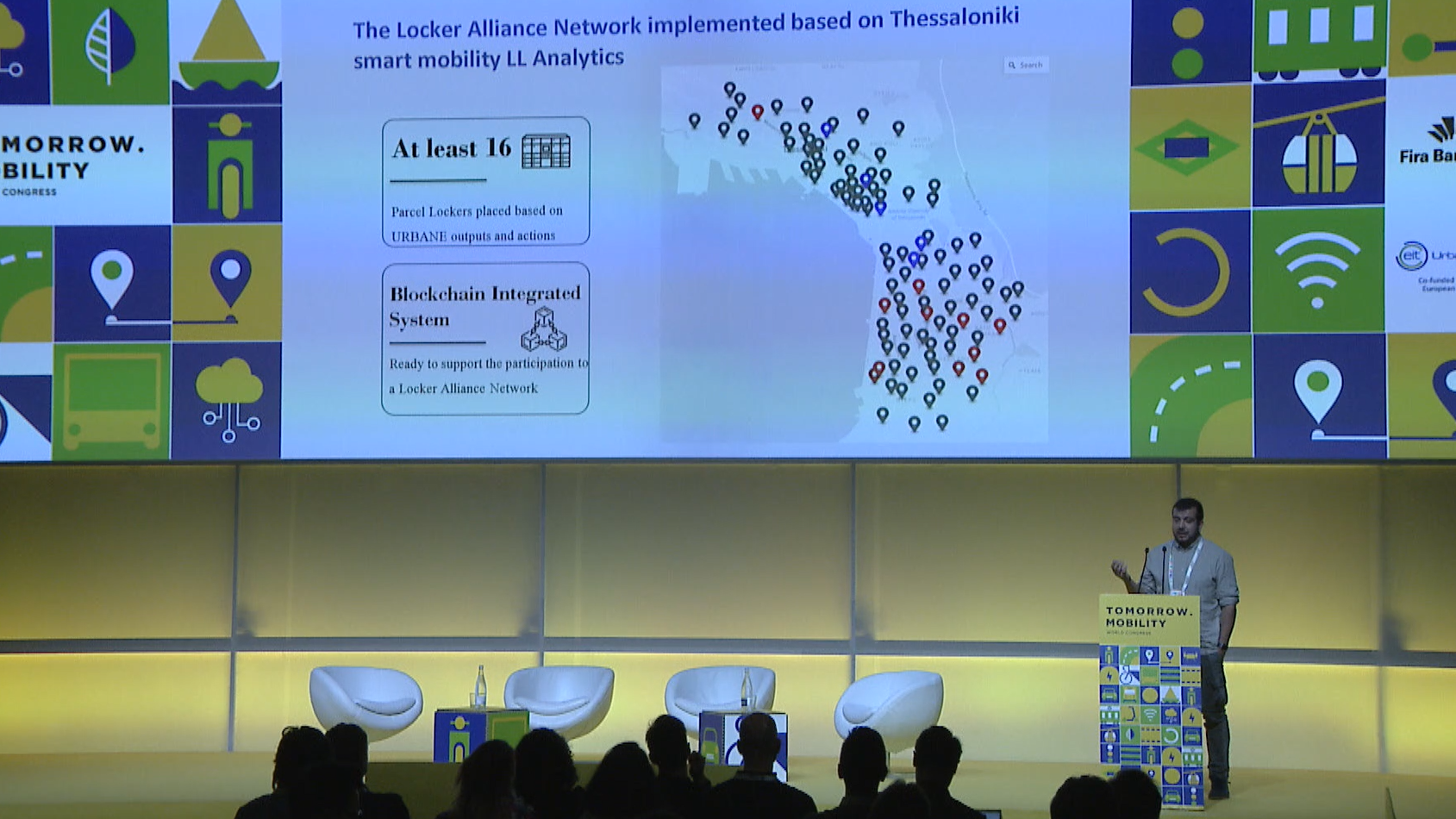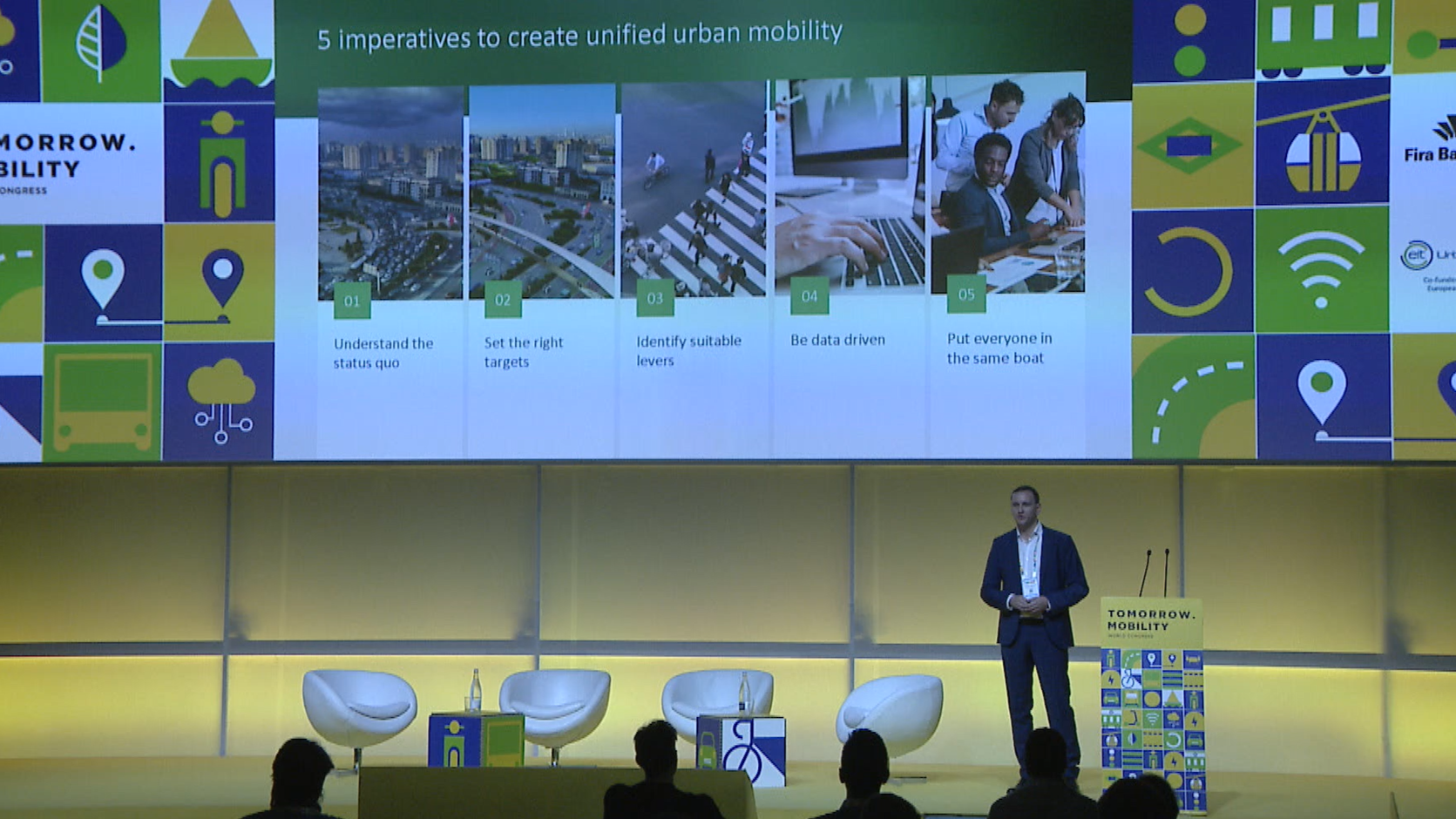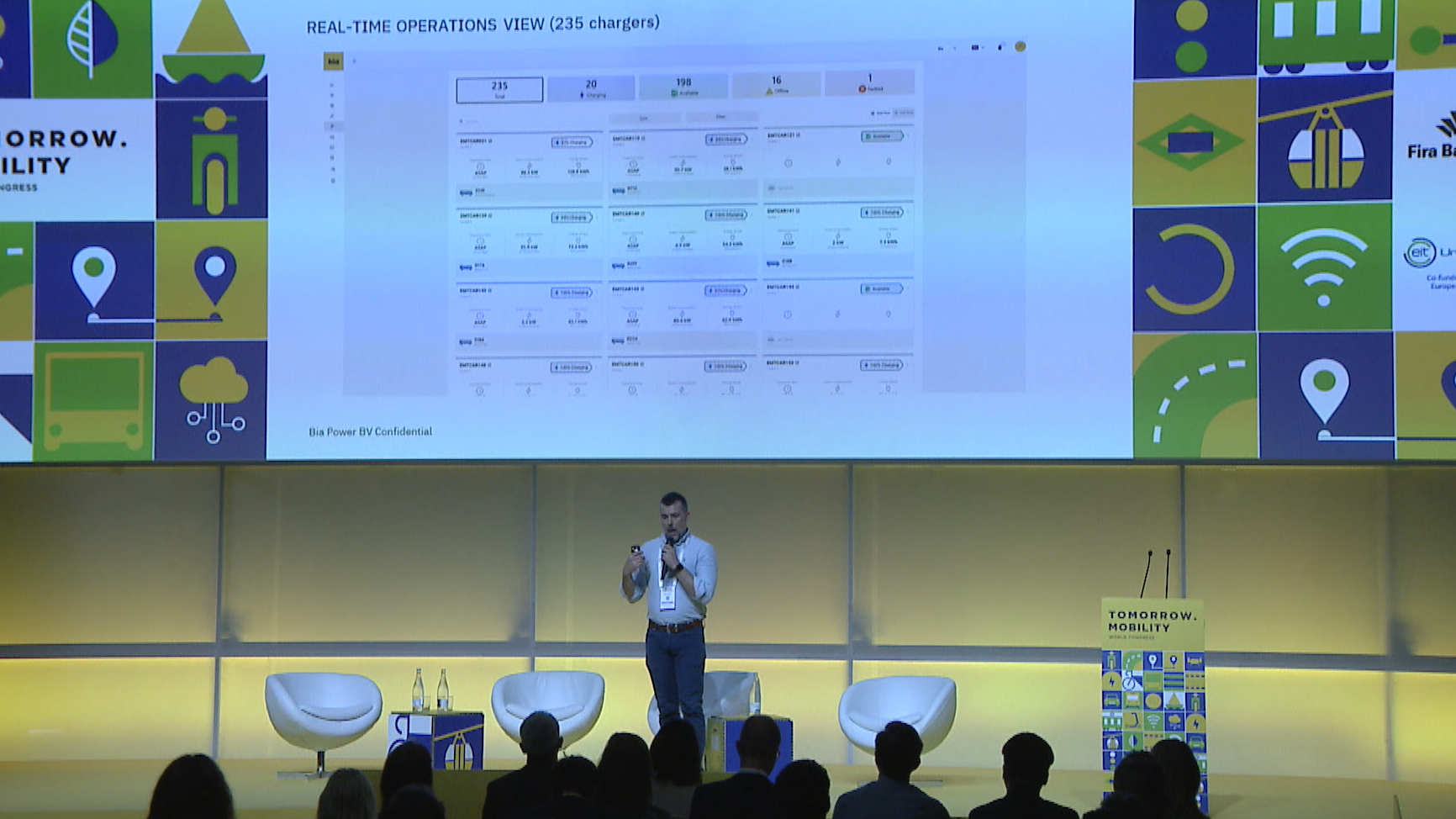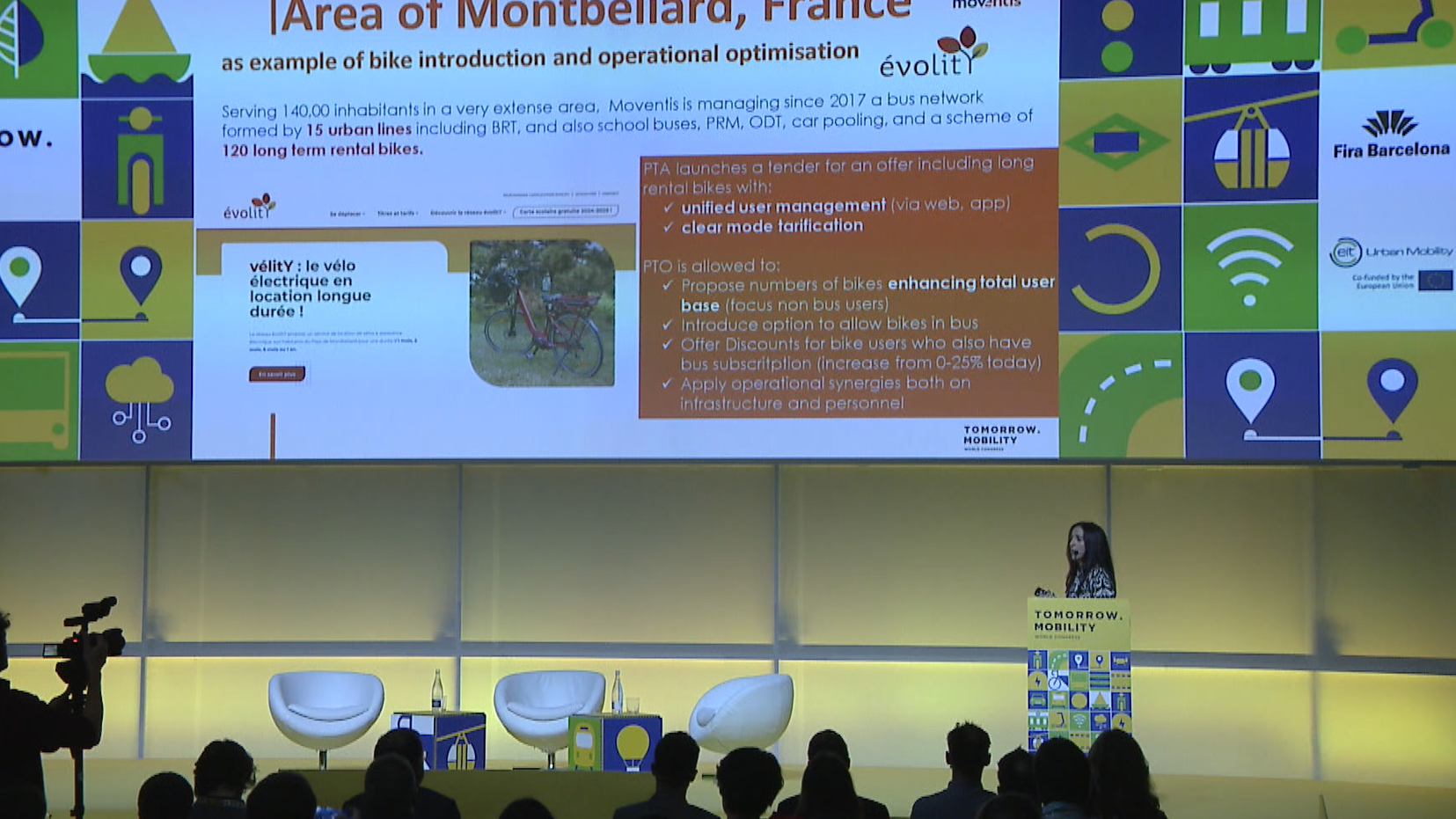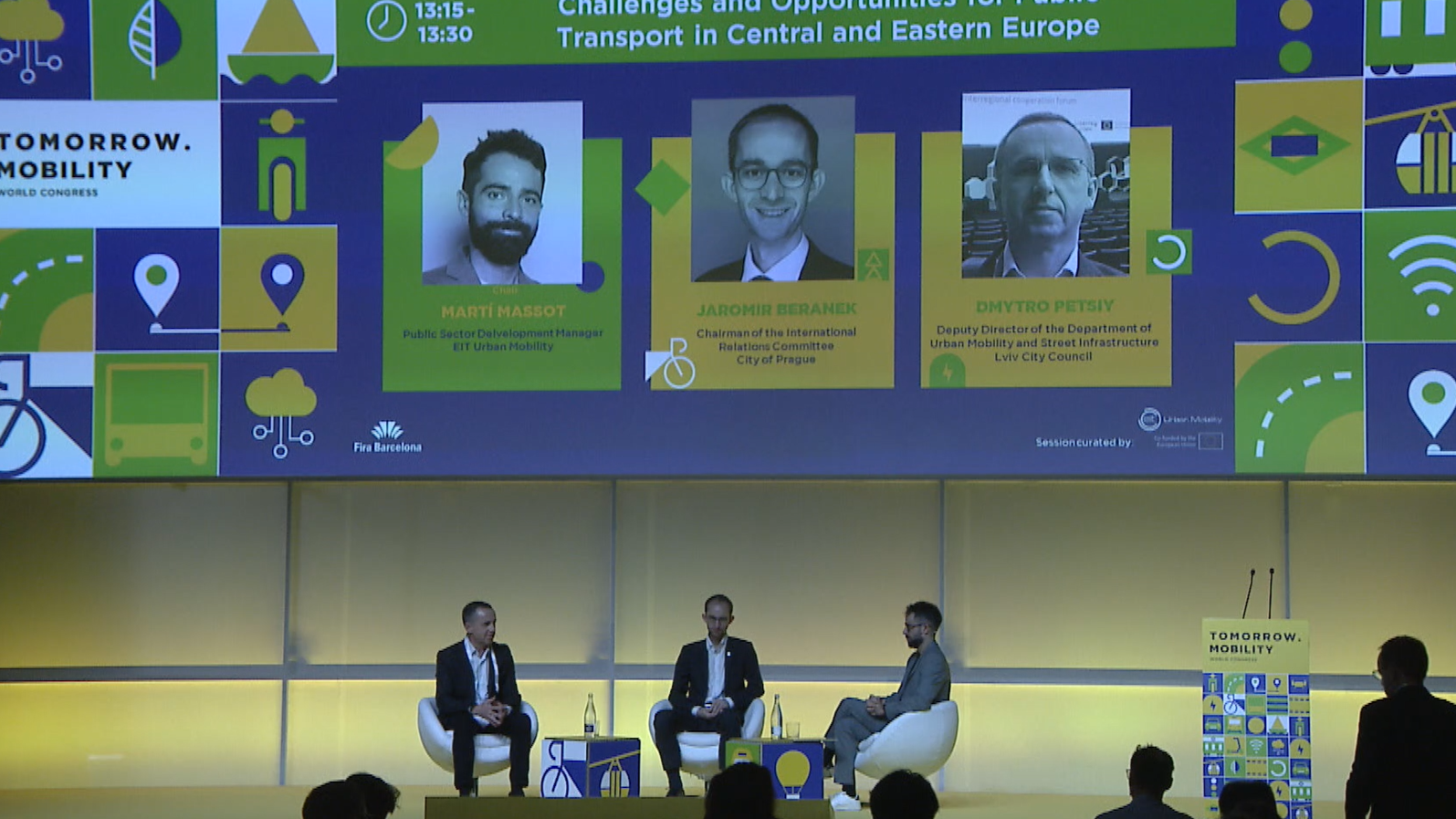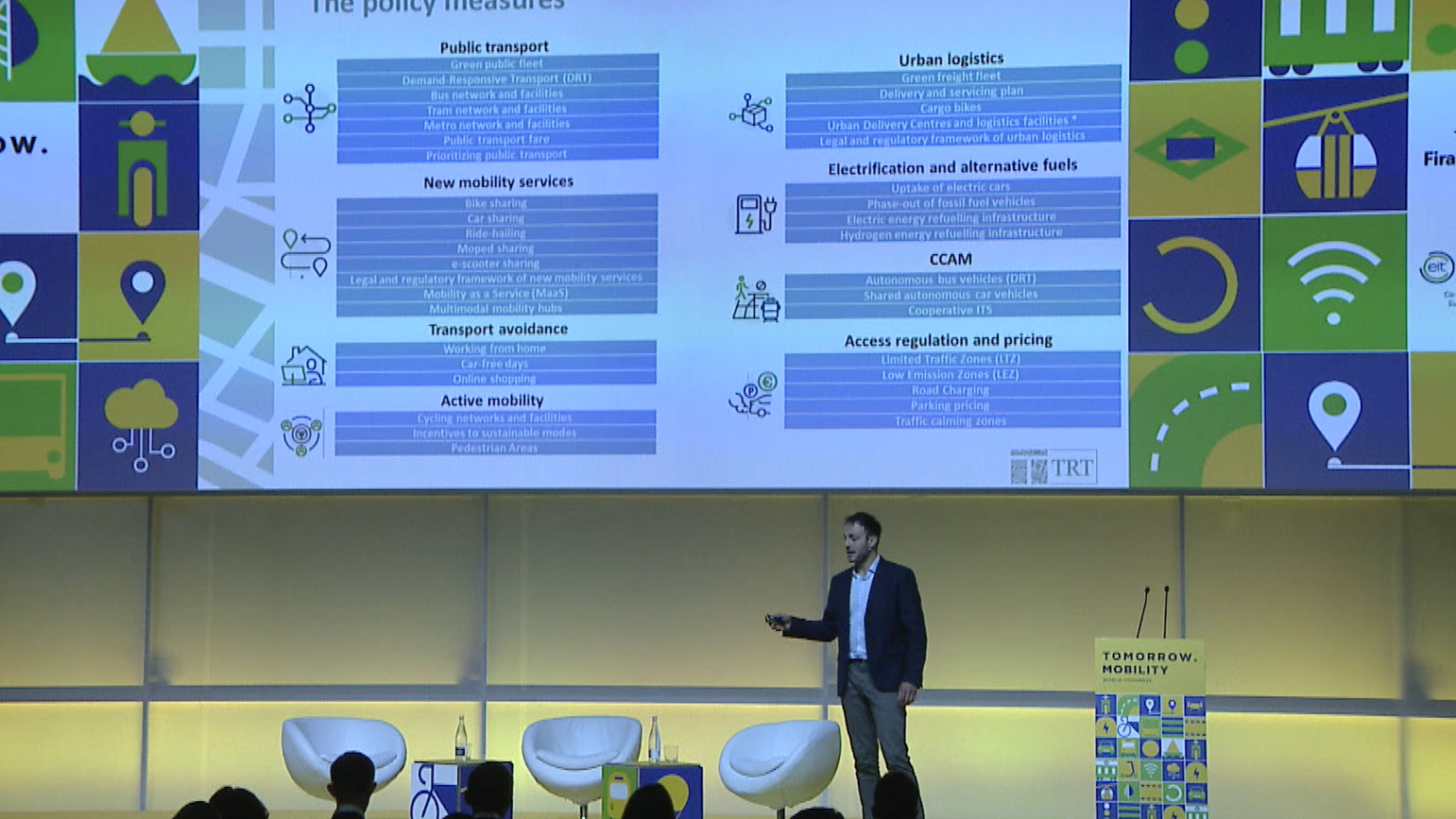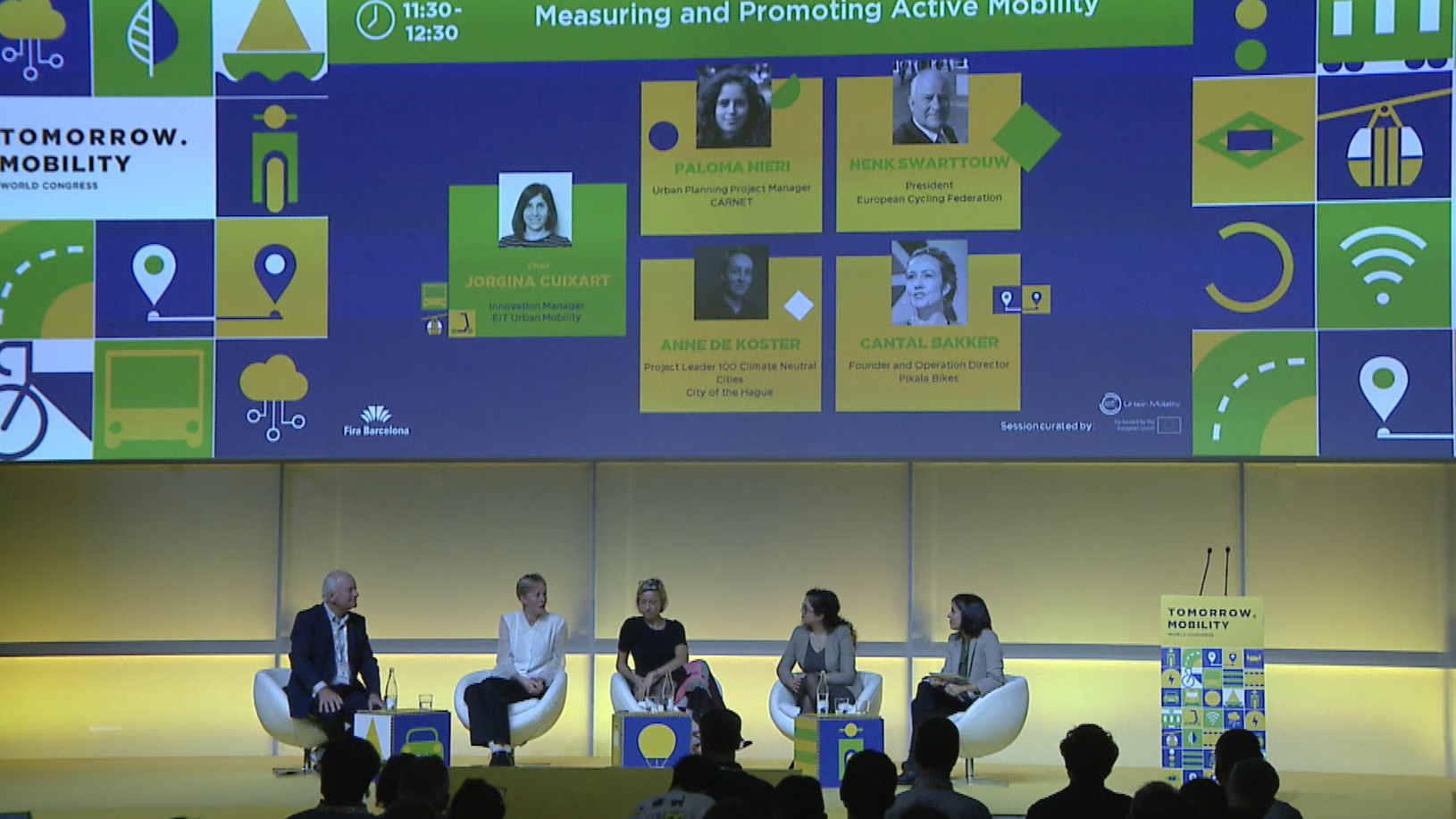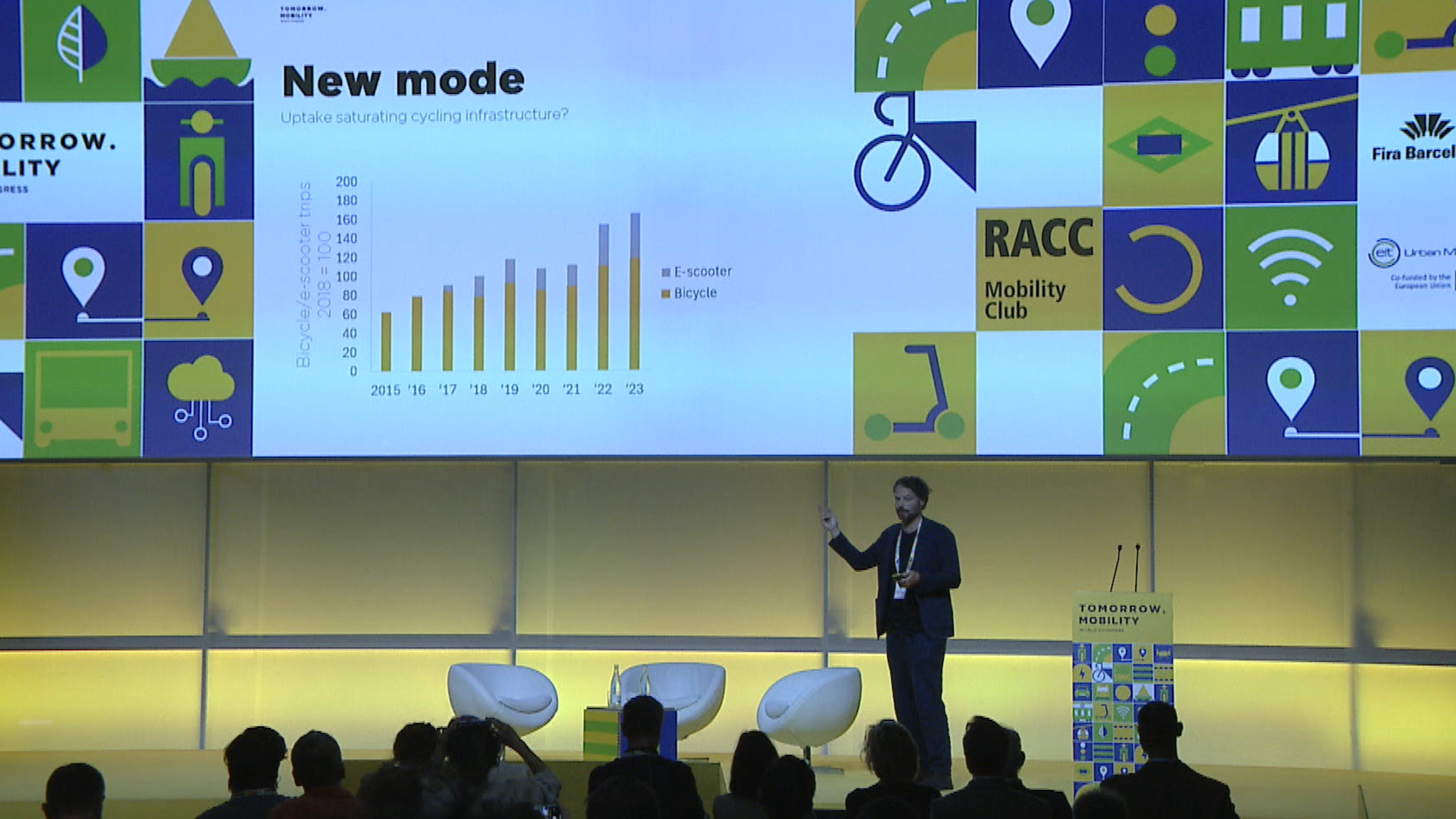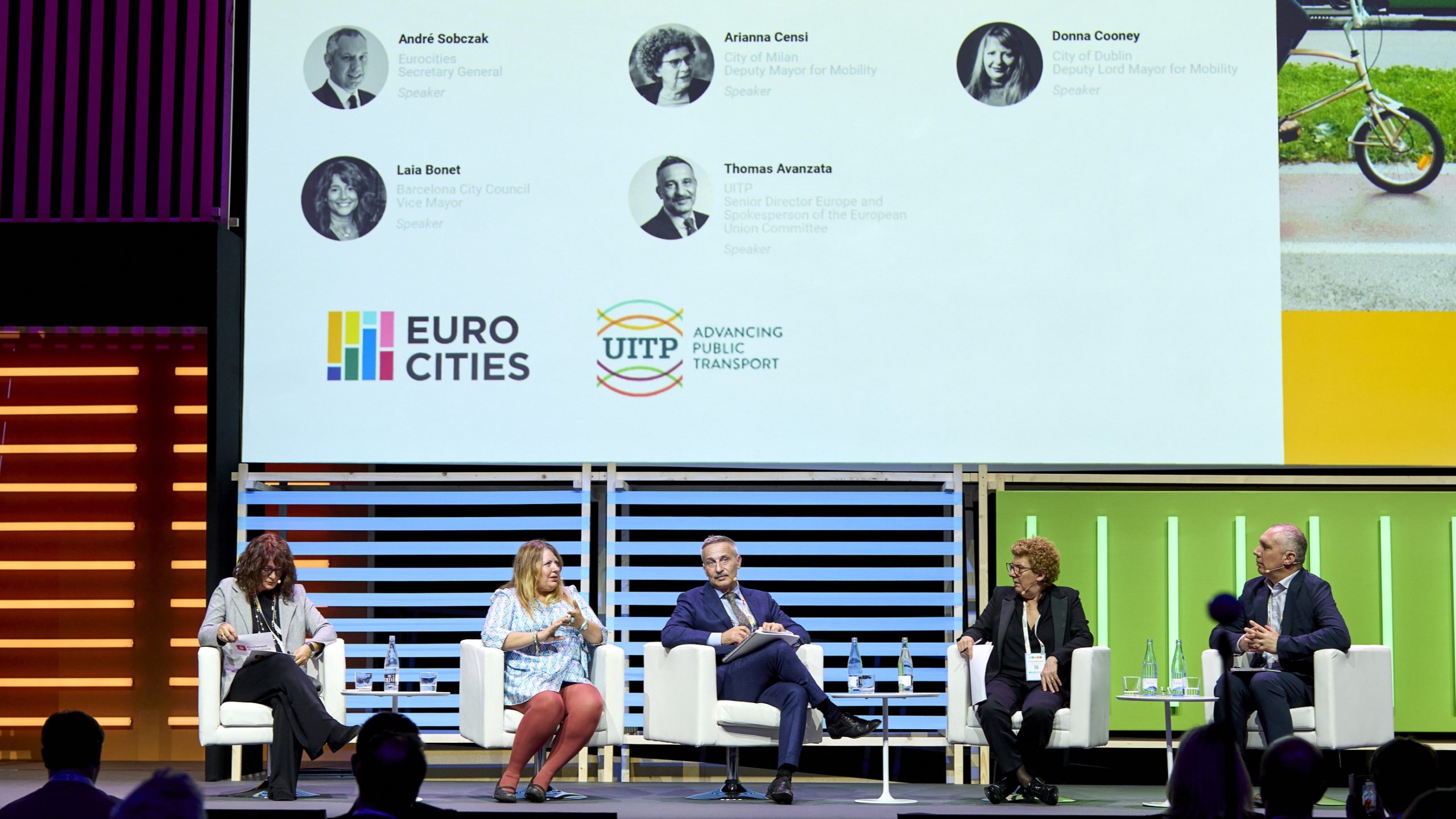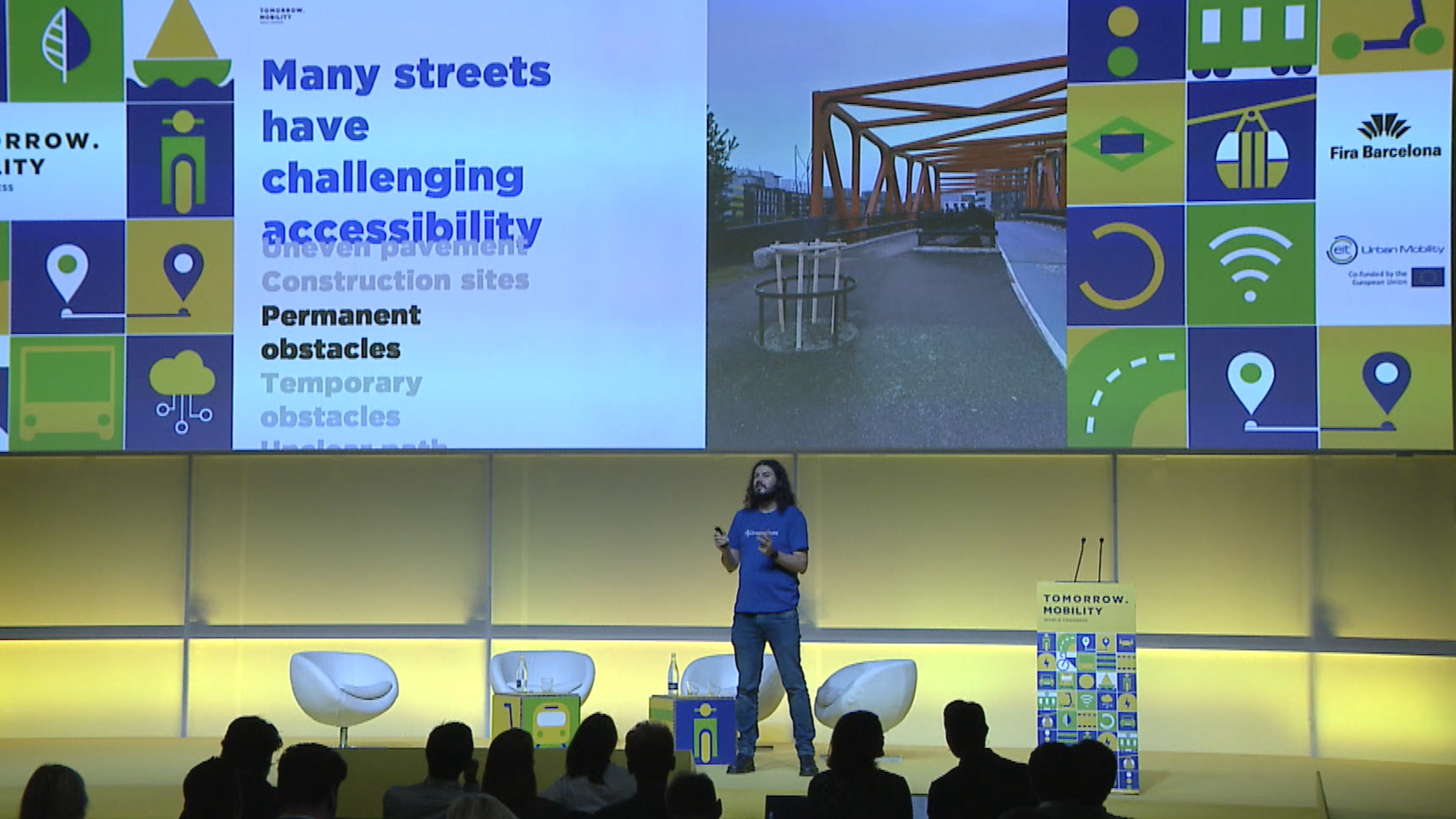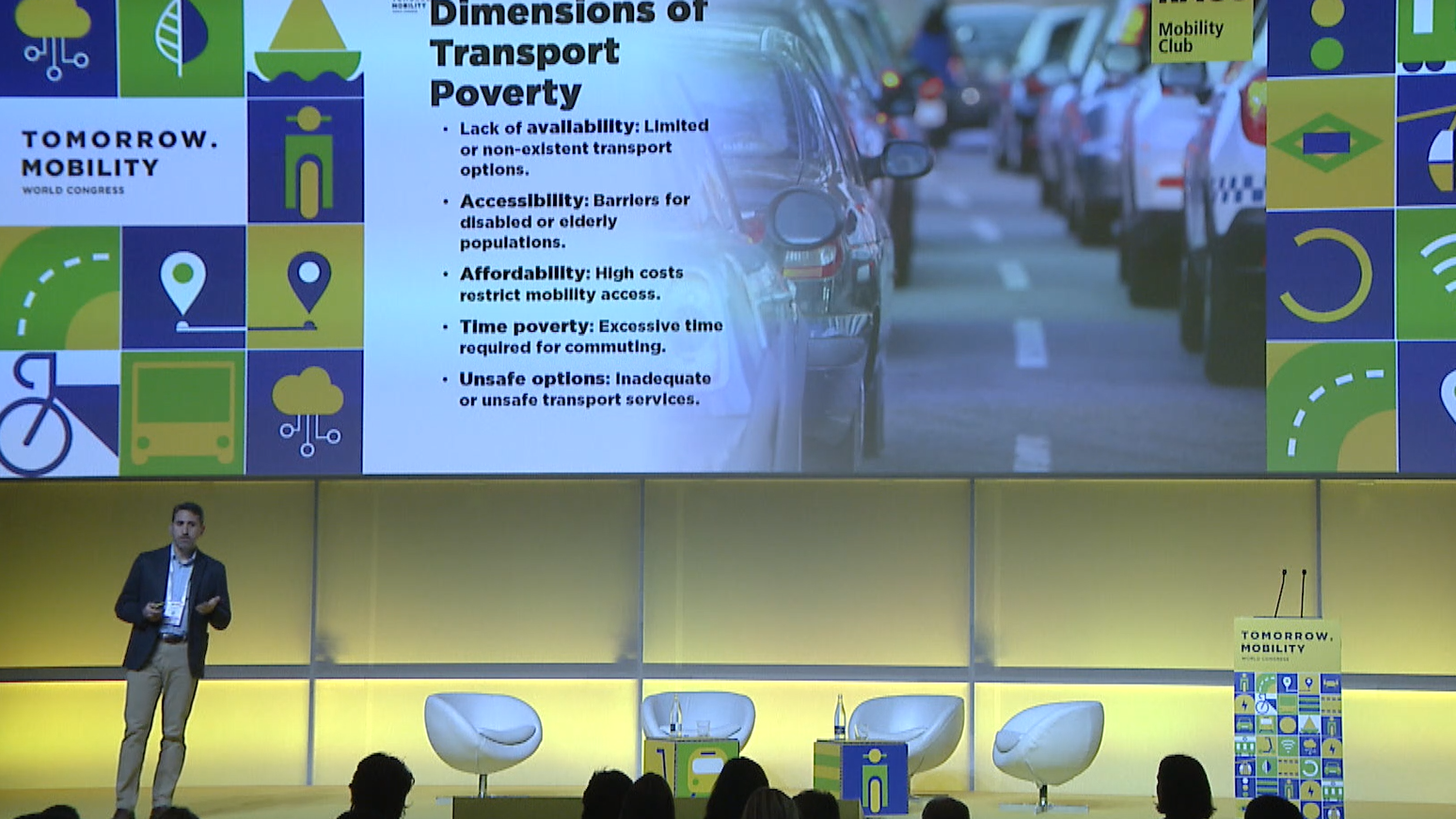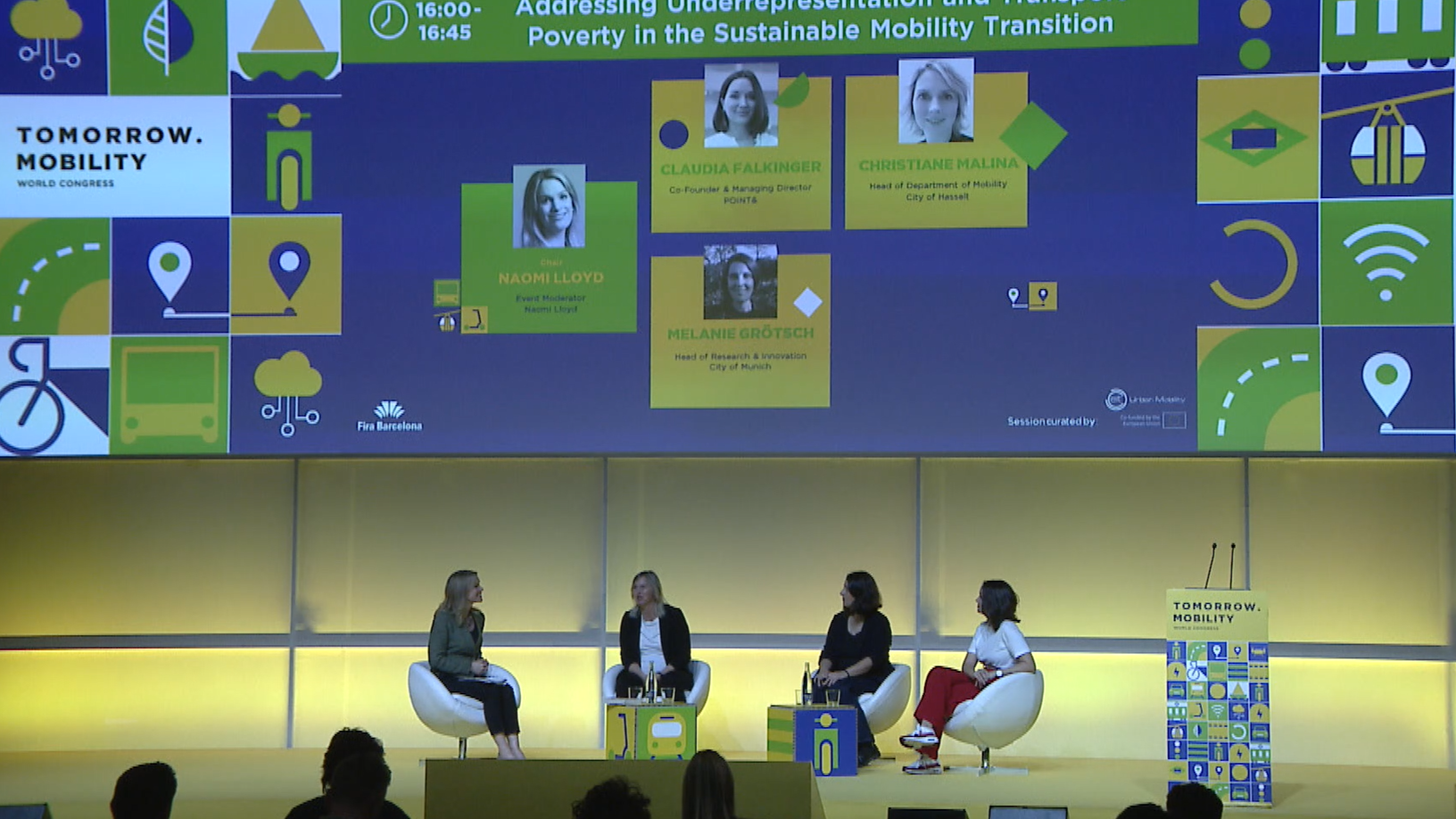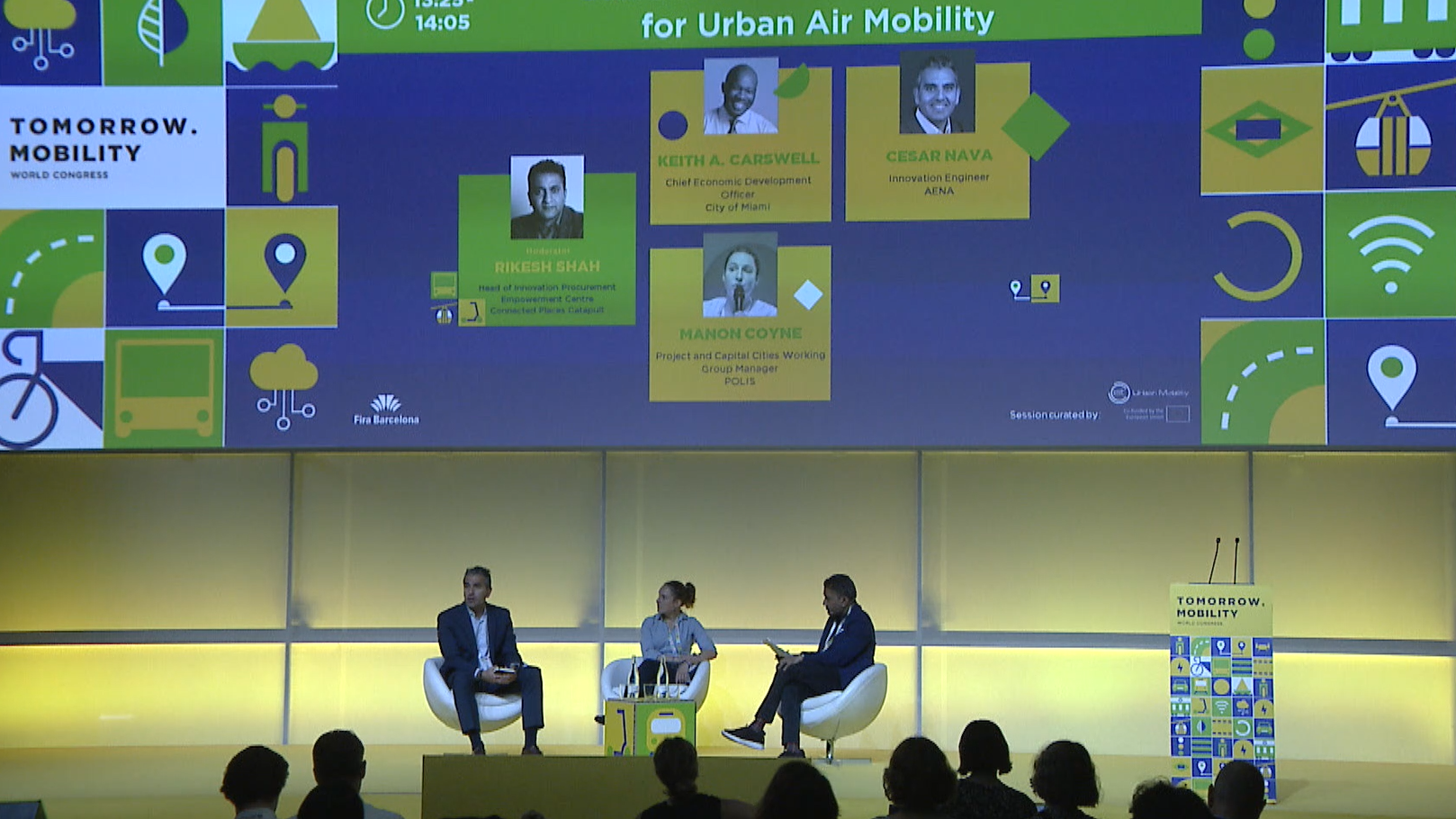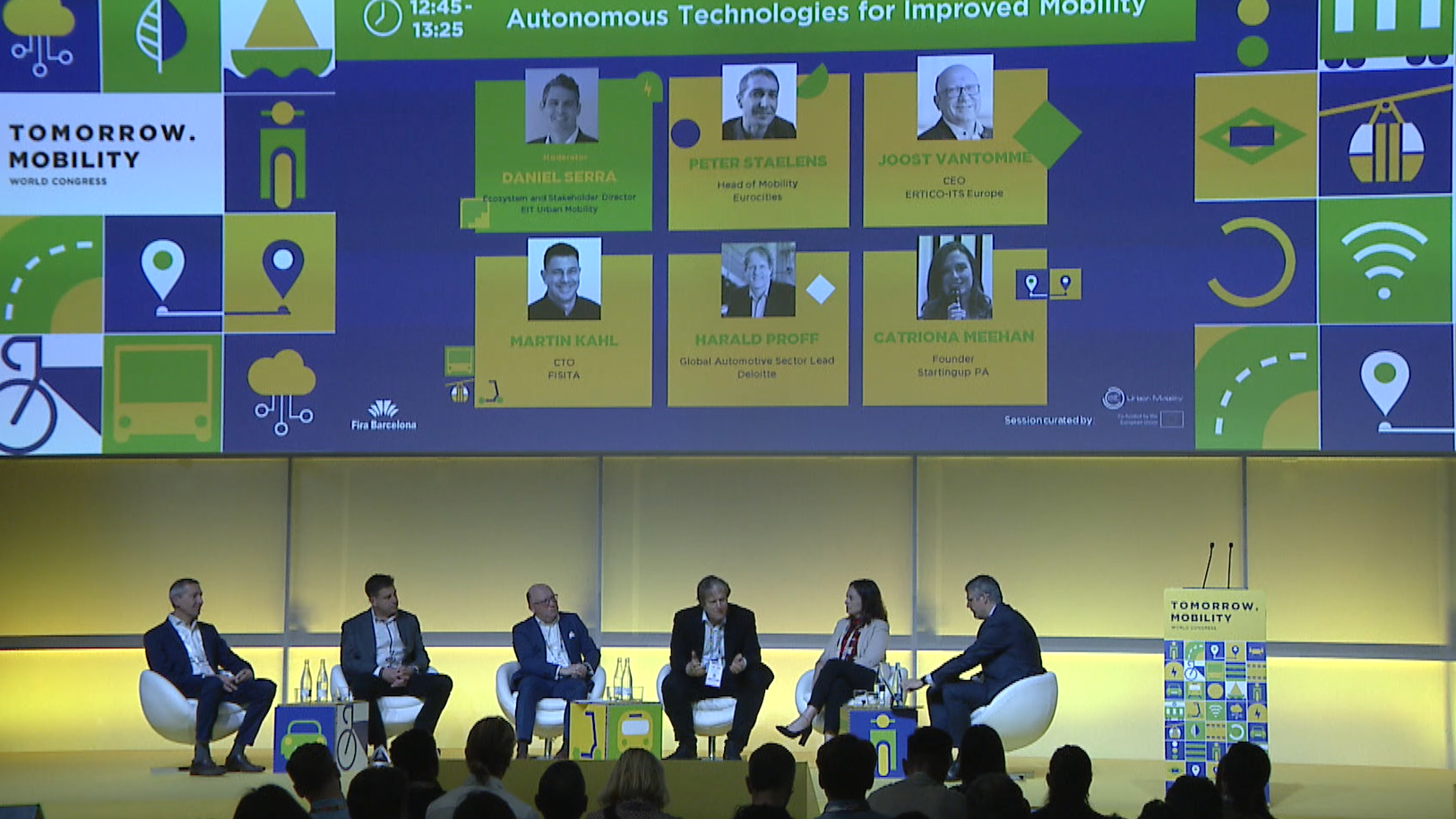This is a guest post by EIT Urban Mobility. EIT Urban Mobility is the leading innovation community for urban mobility in Europe, committed to accelerating the transition to sustainable urban mobility and more liveable urban spaces.

“While global temperatures continue to rise, climate change should increasingly be viewed as an existential threat to sport,” stated Sebastian Coe, president of World Athletics, in a recently published report exploring the risks of extreme heat at the Paris 2024 Olympics.
The Olympics, first hosted in Paris, France exactly 100 years ago – have returned to the French capital and are now hotter than ever. In fact, the report conducted by the British Association for Sustainable Sport (BASIS) and Frontrunners found that the average temperatures for July and August had increased by 2.4 and 2.7 degrees Celsius since the last time that the games were held in the city. This difference can be attributed to numerous factors, one of which is undoubtedly the Urban Heat Island effect.
What are Urban Heat Islands?
Urban Heat Islands (UHIs) are metropolitan areas that experience significantly higher temperatures than their rural surroundings due to human activity and the modified landscape of urban development. Urban Heat Islands are a direct result of urbanisation as they occur when natural land cover, such as forests and grasslands, is replaced by dense concentrations of pavement, buildings, and other surfaces that absorb and retain heat.
Factors contributing to Urban Heat Islands
Unfortunately, the characteristics that come together to make a city are also the ones that come together to create unhealthy temperatures and pollution. Between a lack of natural spaces, an excess of buildings, and an agglomeration of energy-consuming appliances and vehicles; it is hard to avoid the Urban Heat Island Effect in our modern cities. Some common factors that create Urban Heat Islands include:
- Reduced vegetation: Trees and plants help cool the environment by providing shade and enable evaporation and transpiration. Urban areas often lack sufficient green spaces, leading to increased temperatures.
- Surface materials: Sidewalk and street paving such as asphalt and concrete as well as building materials, often absorb, retain and emit more heat than natural landscapes.
- Waste heat: Energy consumption for the heating, cooling and transportation that enables life in cities emits additional heat, contributing to the overall warming of urban areas.
- Design issues: The architecture of cities, with closely packed tall buildings, can trap heat and reduce air flow.
Strategies to reduce Urban Heat Island Effects
By implementing changes to both urban infrastructure and mobility policy, areas that experience Urban Heat Island effects can have positive long-term impacts on these rising temperatures, such as:
- Increasing green areas: Adding more parks, urban greenery, vertical and rooftop gardens can reduce surface temperatures by providing shade and enhancing evapotranspiration which has a cooling effect.
- Brightening buildings and streets: Covering dark asphalt, rooftops and buildings with more reflective paints or coatings can reduce the heat absorbed by these large swaths of urban landscape.
- Introducing water features: Integrating fountains, ponds and other bodies of water into urban areas can provide cooler temperatures through evaporation.
- Creating wind corridors: By planning for greater air flow between buildings, air currents can be directed to reduce heat and pollution getting trapped at ground level.
- Expanding public transportation: Investing in and improving public transit systems can reduce the number of individual vehicles on the road, lowering overall heat emissions and improving air quality.
- Encouraging active mobility: Creating positive conditions for walking and cycling, such as safe, extensive and comfortable pedestrian and bicycle networks that are not fully exposed to the sun, can decrease reliance on motor vehicles (though important to note that walking and cycling during heatwaves is not recommended for health and safety).
- Promoting electric vehicles: Promoting the use of EVs can cut down on the heat generated from internal combustion engines when cars are needed, as EVs produce less waste heat and fewer emissions.
- Smart mobility solutions: Implementing smart traffic management systems to reduce congestion and idling can decrease the urban heat generated by traffic jams and improve overall transportation efficiency.
France’s answer to rising temperatures
Since the 2003 European heatwave that claimed 15,000 lives in France alone; the country has been making strides in heat mitigation and management, especially regarding Paris’ status as an Urban Heat Island. In particular, Mayor Anne Hidalgo’s 2018 Climate Action Plan emphasized a wide range of strategies to mitigate climate impacts and promote positive changes for both short-term and long-term climate outcomes.
While France has made progress in terms of avoiding fatalities due to heat – one study showed that southern France was less vulnerable to heat-related deaths next to comparable locations in northern Spain and Italy from 2015-2019 – the arrival of the Olympics’ global audience shows that reducing fatalities is not enough.

A European Space Agency heat map displays the surface temperatures in Paris during a June 2022 heatwave (Credit: European Space Agency)
The Parisian Olympic Village, designed to be more sustainable than ever, is acting as a test laboratory for design and architecture. Employing techniques known to mitigate the Urban Heat Island Effect, a third of the buildings built for the Village will have rooftop gardens (another third will have solar panels) and long corridors leading to the Seine have been left to act as wind tunnels, carrying the river’s fresh air as far inland as possible. Additionally, a mini forest of 200 trees have been planted in the area, to shade walkways and bring ground temperatures down.
Most controversially, the buildings are not equipped with traditional air conditioning. Instead, they are cooled through a geothermal system that uses pipes in the floor to bring cold water from depths of up to 70 meters underground, reducing indoor temperatures by 6-10 degrees Celsius compared to the outside. Despite the sustainability benefits of this geothermal cooling solution, numerous countries reportedly procured air conditioning units for their athletes, citing the critical role of heat management in recovery and performance. This paradox underscores the complexity of implementing positive long-term solutions while addressing the immediate effects posed by climate change.
Want to learn more about Urban Heat Islands?
Buy your ticket for Tomorrow.Mobility World Congress 5-7 November, and attend sessions on designing urban spaces for growing populations. and promoting active mobility in cities.
Take the free Urban Mobility Explained course The Urban Heat Island effect: How to tackle excess heat in cities.
Header Image: Bo Zhang







